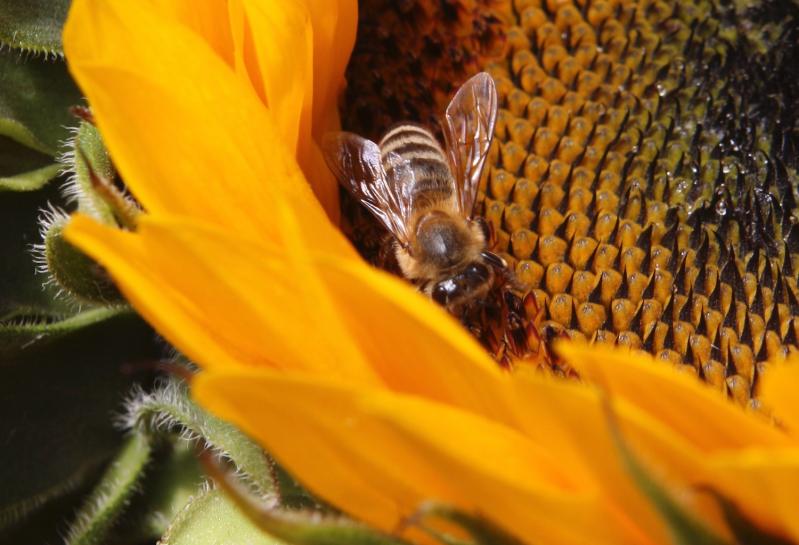These are the weeks in the fall when we took down the screens on the Star building and put up the storm windows. But in recent years, we have become lax about the screens; there are just not enough insects around Main Street to bother.
When my great-grandfather Everett J. Edwards had the gable-end structure built in about 1900, there was a full suite of removable window screens and storms. It has been the job of Gary Jones, who delivers the paper on Thursdays for the newsstand sales, to deal with the windows twice a year. Once was a time that we absolutely had to have Gary get the screens on by the middle of June; these days, there really is not reason to bother. In fact, try as I might, I cannot even recall what exactly we were trying to keep out.
Globally, there is a lot of evidence that insect populations are declining rapidly. Estimates are that close to half of all insect species are falling and that a third are in danger of extinction. Harmful farming practices, habitat loss, and climate change are blamed.
While we might be happy with fewer mosquitoes, the massive, wholesale absence of myriad kinds of insects would be a disaster — both for the environment and for humans.
About a third of the food we eat is dependent on pollinators. And the demand is growing, along with the global population. Even livestock for milk and meat production need flowering plants, such as alfalfa, for nutrition. Fruits, some grains, even spices are already being affected.
It is not just farming that is driving the crisis; conversion of acreage for development destroys successive insect generations. Broad green lawns, an unfortunate American symbol of wealth and prestige, host few species and are soaked with fertilizers and insecticides to maintain their alien hue.
Rachel Carson wrote of a silent spring more than 50 years ago. She was both reporting on the world as it was then, and striking a prophetic note. Almost all songbirds feed insects to their young. No bugs, no birds. Without sufficient insects, entire food webs could collapse entirely. Somewhere around 8 of 10 animals on Earth are insects, and we are killing them.
Oddly, too, unfamiliar species may be showing up in their place, like a small cockroach-like insect I first noticed this summer or the stinkbugs that showed up in about 2018. In some places, the decline of certain parasitic wasps has led to huge increases in “problem” insects.
So, while it might be nice to be free to keep the windows open without screens or let the Star front door swing wide to catch the afternoon wind off the ocean, it is deeply worrying. It is difficult not to think that this new and pleasant convenience of a bug-free village is actually a dire warning of bad days to come.
There are small solutions, such as planted spaces to attract and feed pollinators, but for there to be real change, there must be broad willingness to change deeply held practices in the way we produce food and live. Will we someday need our screens again? I hope so, but I am not optimistic.

